© RecruitFirst 2023.
EA License number:
- Singapore: 13C6342
- Hong Kong: 69553
A Brand of HRnet Group

There is a proliferation of job related scams across multiple platforms which include websites, WhatsApp and Telegram.
These scams include impersonation of our brand and consultants, including the usage of EA personnel numbers obtained from MOM website.
The scammers may ask for your personal and/or financial information. Please do not share any personal data and do not engage further. Click on the button below to find out how to identify a potential scam message and other important information.